Le vendredi 27 octobre 2023, l'école d'architecture de l'INSA Strasbourg a orchestré un événement intellectuellement stimulant, plongeant au cœur des interactions complexes entre l'expertise architecturale, les modèles causaux et les fondements de la thermodynamique constructale.
Cet événement de grande envergure était un élément pivot du projet e-CREHA, où l’école d’architecture de l’INSA Strasbourg a invité Dan Costa Baciu de l’Université de technologie de Delft (TU Delft) pour un dialogue socratique.
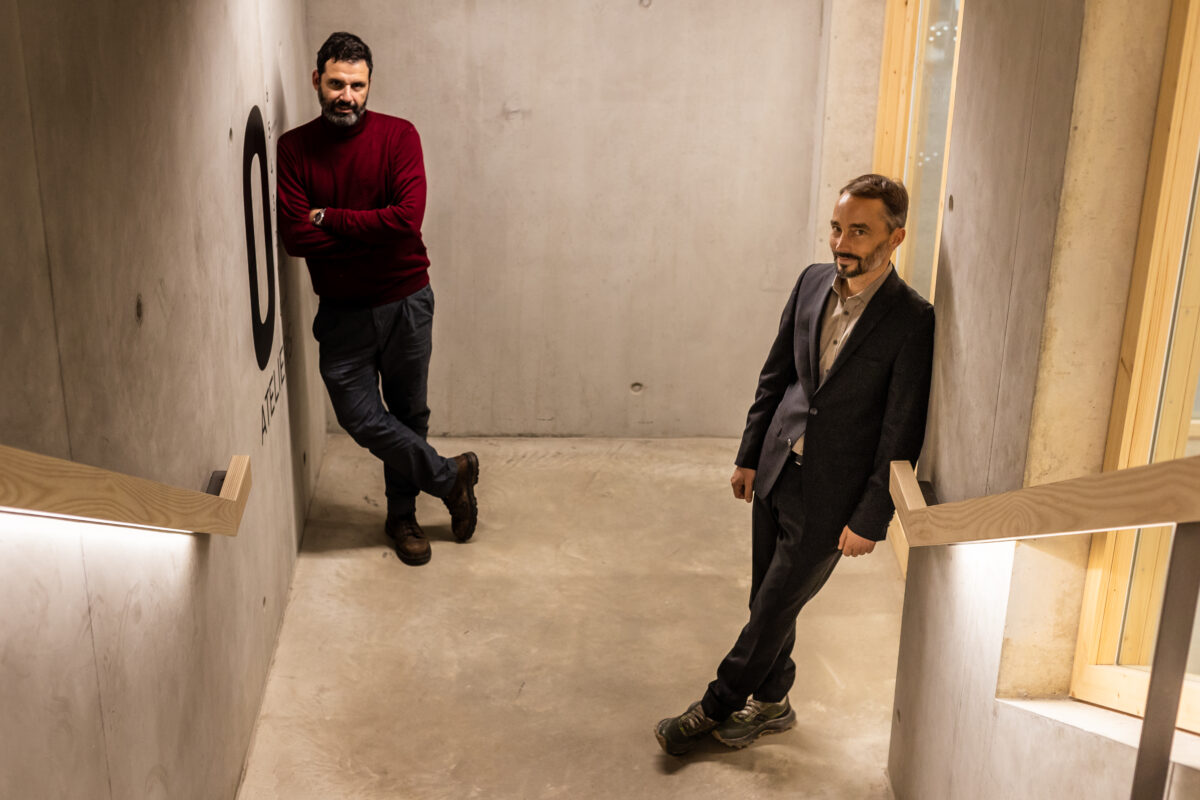
Au centre de cette journée thématique se trouvait l’atelier de conception architecturale « hétérotopies climatiques ». Ce noyau intellectuel a offert un cadre à nos étudiant.e.s architectes – ingénieur.e.s pour disséquer minutieusement les interdépendances complexes entre l’architecture, la conservation du patrimoine et les principes fondamentaux des modèles causaux et de la thermodynamique constructale.
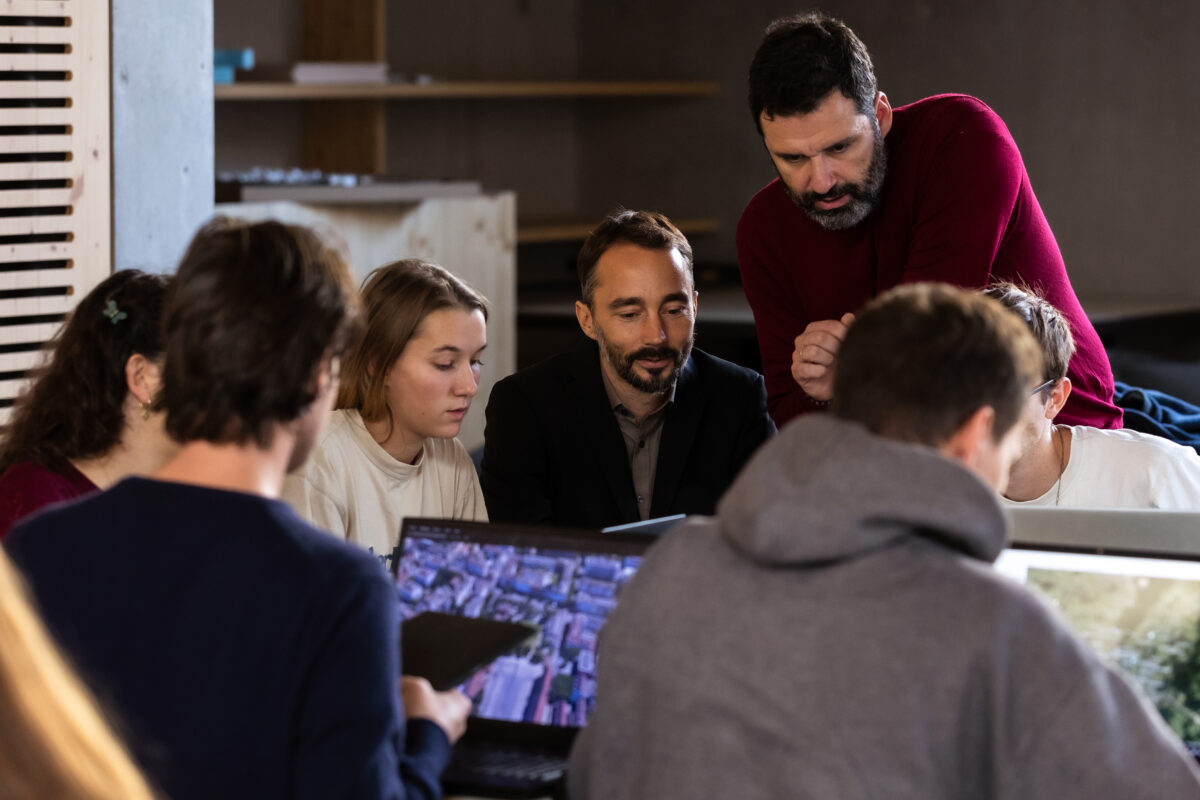
Sous le titre évocateur « architecture, héritage, modèles causaux et thermodynamique constructale », la journée s’est déroulée comme un voyage intellectuel, favorisant les dialogues et les présentations qui dénouaient minutieusement la toile complexe de ces sujets entrelacés.

Tout au long de ce périple académique, les étudiant.e.s ont traversé un paysage savant où les constructions théoriques se sont entrecroisées avec des implications pratiques, où les récits historiques se sont fondus avec des conjectures futures, et où la convergence de la recherche académique et des principes de conception appliqués résonnait profondément.

Le discours intellectuel incarnait la convergence des connaissances multidisciplinaires, se dressant comme un témoignage de la poursuite incessante de l’innovation et de la compréhension dans le domaine de l’architecture.

Cette journée thématique offrait un espace harmonieux où les théories scientifiques se sont accordées avec les observations empiriques, offrant aux étudiants un terrain commun dans leur quête d’érudition.
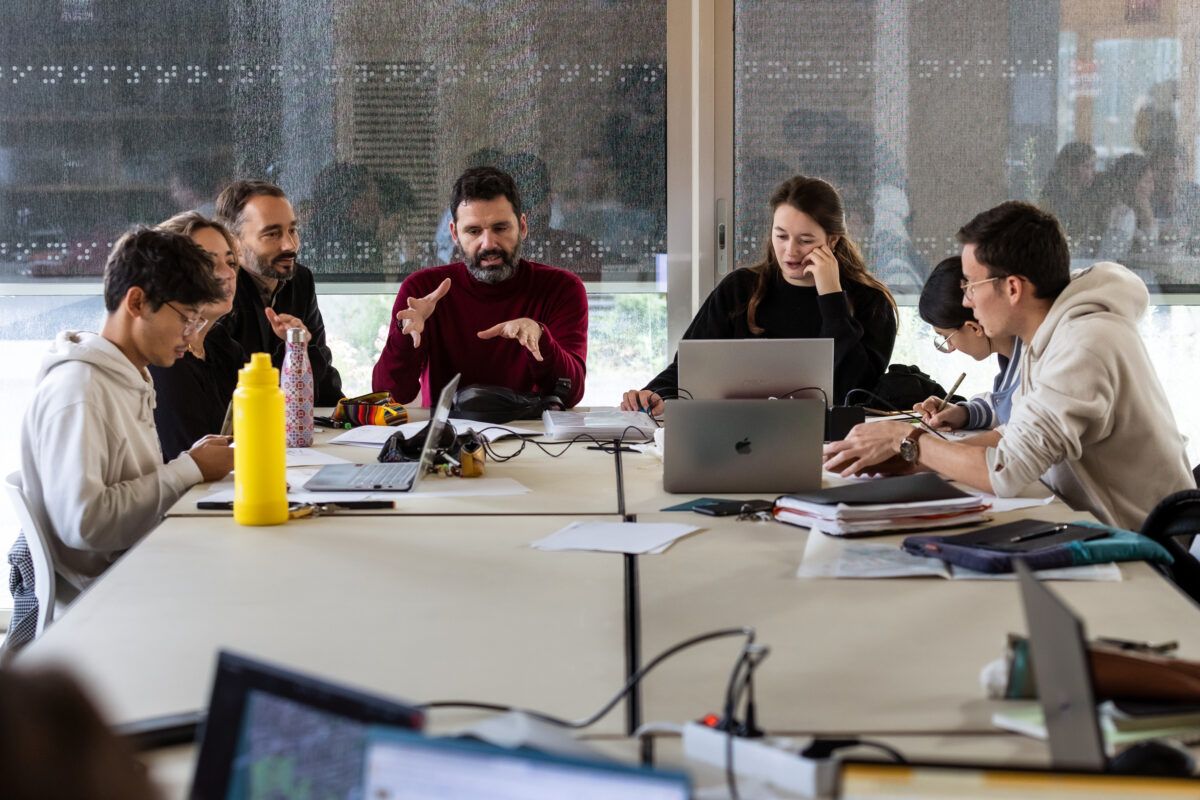
Les échos résonnants de cette journée thématique ont perduré dans une atmosphère imprégnée de résonance intellectuelle, laissant une empreinte indélébile sur la trajectoire académique de l’atelier de conception architecturale « hétérotopies climatiques ».
À propos de notre invité
L’INSA Strasbourg tient à exprimer sa profonde gratitude envers notre invité distingué, dont l’expertise approfondie et les perspectives éclairées ont enrichi cette journée thématique.
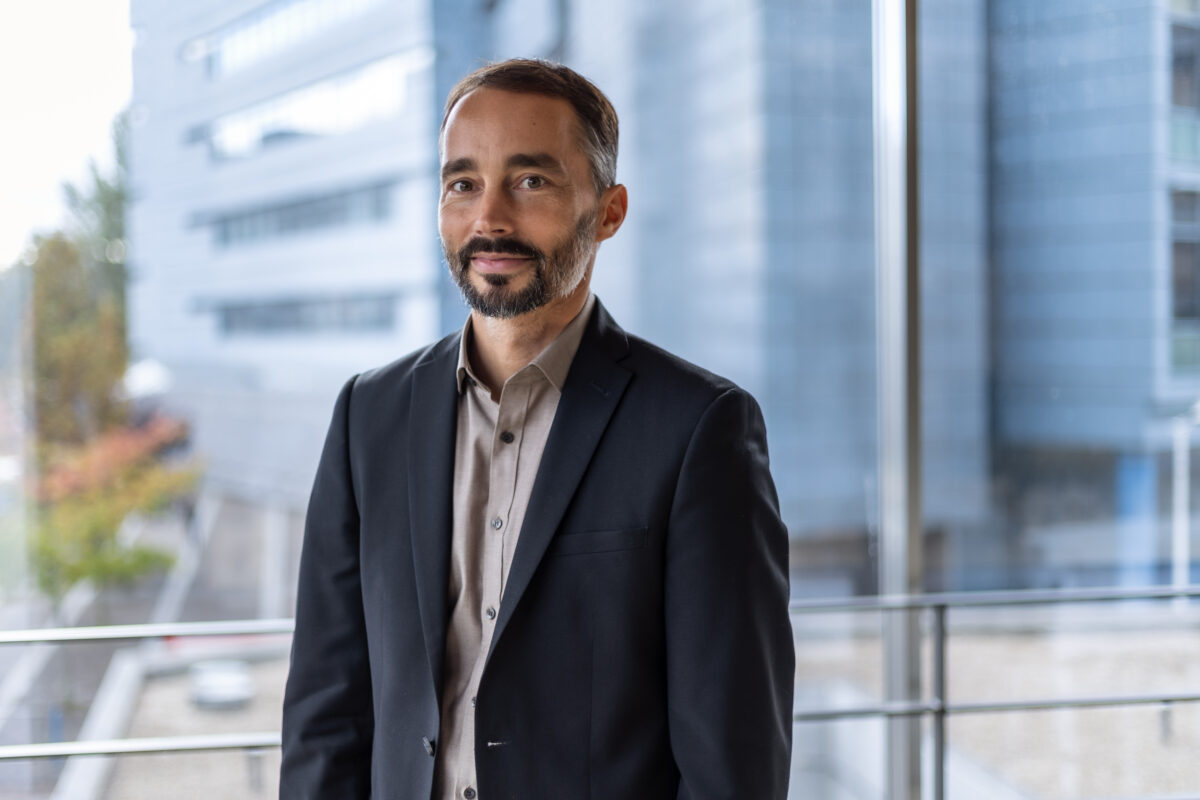
Dan Costa Baciu, TU Delft
Dan Costa Baciu a achevé son doctorat en histoire de l’architecture à l’Institut de Technologie de l’Illinois (IIT Chicago) en 2018. Initialement formé à l’ETH Zurich, il a exercé en tant qu’architecte tout en étant rédacteur en chef d’une revue d’architecture professionnelle avant de partir aux États-Unis avec une bourse Fulbright pour poursuivre son doctorat. Ses recherches ont reçu un financement du Fonds National Suisse et un soutien scientifique du HathiTrust Research Center, permettant à son équipe de rassembler un ensemble de données considérable, de se livrer à des calculs haute performance et de revisiter l’histoire de l’«École de Chicago».
Sa thèse, intitulée «De ce que l’on nomme l’École de Chicago à la théorie des variétés», a révélé l’existence de centaines d’«Écoles de Chicago» dans des domaines allant de l’architecture à l’urbanisme, en passant par la sociologie, l’art, l’économie, le droit, la théologie, la musique, la littérature, et au-delà. En étudiant l’histoire de ces écoles, Baciu a proposé un modèle mathématique pour éclairer leur évolution et leur influence mutuelle au fil du temps. Dans son exploration théorique, Baciu a révélé que le changement culturel comporte à la fois des aspects linéaires et non linéaires, nécessitant des composants linéaires et non linéaires dans la description mathématique. Les composants linéaires décrivent efficacement la créativité, le progrès et l’exclusion compétitive. En revanche, des descriptions non linéaires sont essentielles pour illustrer la dynamique des surprises et des interactions entre des entités diverses, comme exprimé précédemment par J. Huizinga. Cette distinction entre les descriptions linéaires et non linéaires se retrouve dans l’espace urbain, où la croissance de centres urbains individuels peut être décrite à l’aide de modèles linéaires, tandis que les interactions entre plusieurs centres indépendants nécessitent l’introduction de composants non linéaires.
À côté de sa pratique en architecture, de son enseignement et de son travail d’écriture, il a également été chercheur postdoctoral à l’Université de Californie à Santa Barbara et occupe actuellement le poste de professeur adjoint en outils numériques à l’Université de technologie de Delft.
NB: Toutes les photos ont été réalisées par l’architecte-photographe Michel Grasso. Il est formellement interdit d’utiliser, de partager ou de diffuser des photos de cet événement sans l’autorisation explicite du photographe et des personnes figurant sur les photos. Cela comprend, sans s’y limiter, toute reproduction numérique ou physique, publication ou partage public sur quelque plateforme que ce soit. Le respect du droit des individus sur leur propre image et des droits créatifs du photographe revêt une importance primordiale pour l’École d’Architecture de l’INSA Strasbourg, et toute utilisation non autorisée sera considérée comme une violation de la vie privée et du droit d’auteur. L’autorisation doit être sollicitée et accordée par toutes les parties concernées avant toute utilisation de ces photos.
_____________________________________________________________________________________________________________
(English Version)
Thematic Days – Aetherotopias: Workshop « Heterogeneous Architectures & Living Thermodynamics, » a Retrospective
On Friday, October 27, 2023, the School of Architecture at INSA Strasbourg orchestrated an intellectually charged event, poised at the confluence of architectural prowess, causal models, and the underpinnings of constructal thermodynamics. This event was an integral component of the e-CREHA project, where Lazaros Mavromatidis, the architecture specialty coordinator invited Dan Costa Baciu, from Delft University of Technology for a socratic lecture-dialogue.

The focal point of this scholarly congregation was the architectural design studio, « Climatic Heterotopias. » As a laboratory of thought, it became the epicenter for students to dissect the intricate interdependencies among architecture, heritage conservation, and the fundamental principles of causal models and constructal thermodynamics. Under the evocative title, « Architecture, Heritage, Causal Models, and Constructal Thermodynamics, » the day unfolded as an intellectual odyssey, fostering dialogues and presentations that unraveled the complex tapestry of these intertwined subjects.

Our students traversed a scholarly landscape where theoretical constructs intersected with practical implications, historical narratives melded with futuristic conjectures, and where the convergence of academic inquiry and applied design principles found resonance.
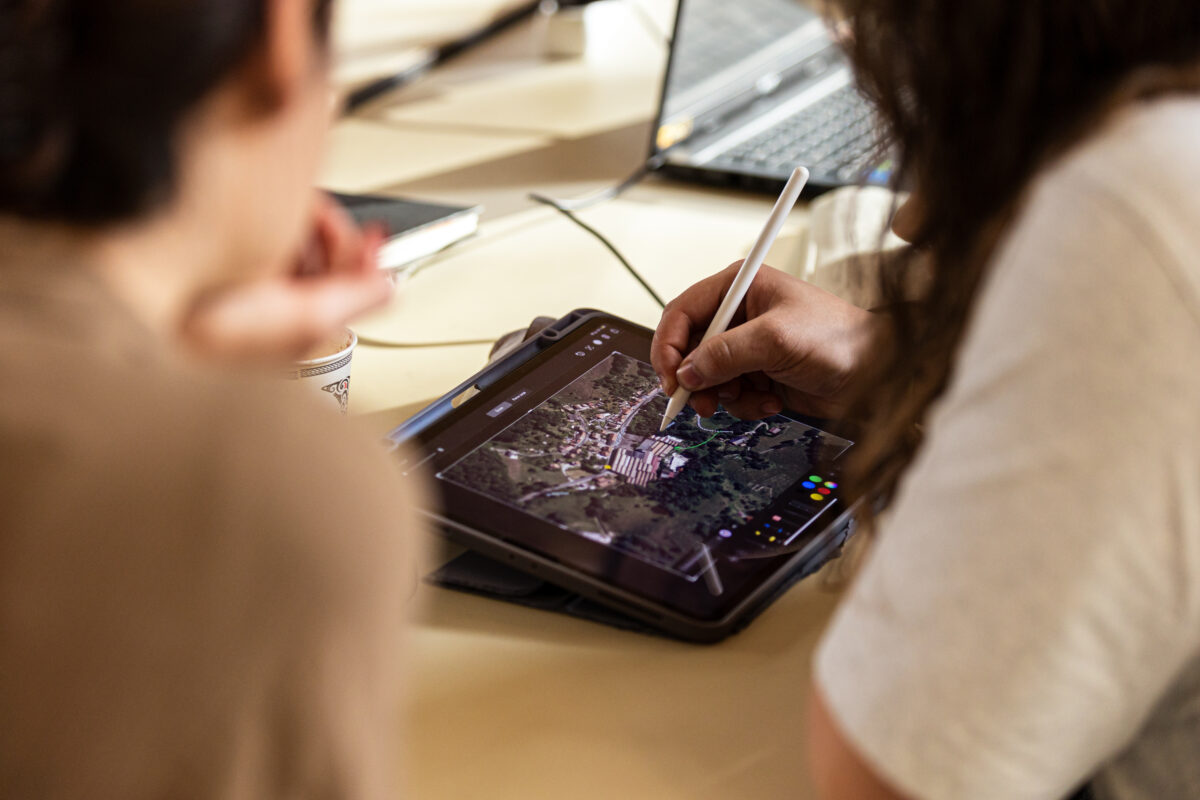
The intellectual discourse that ensued within the hallowed halls of INSA Strasbourg exemplified the convergence of multidisciplinary knowledge. It served as a testament to the perpetual quest for innovation and comprehension within the architectural domain.

This thematic day offered a harmonious space where scientific theories converged with empirical observations, and students alike found common ground in the pursuit of erudition. This thematic day left behind an ambiance steeped in intellectual resonance and an unmistakable aura of scholarly exploration.

It was palpable that the deliberations from this day would indelibly mark the academic trajectory of the « Climatic Heterotopias » Architectural Design Studio, promising a future where architectural design harmonizes with heritage preservation, and the rudiments of constructal thermodynamics permeate the pedagogical landscape, shaping the architects of the future.
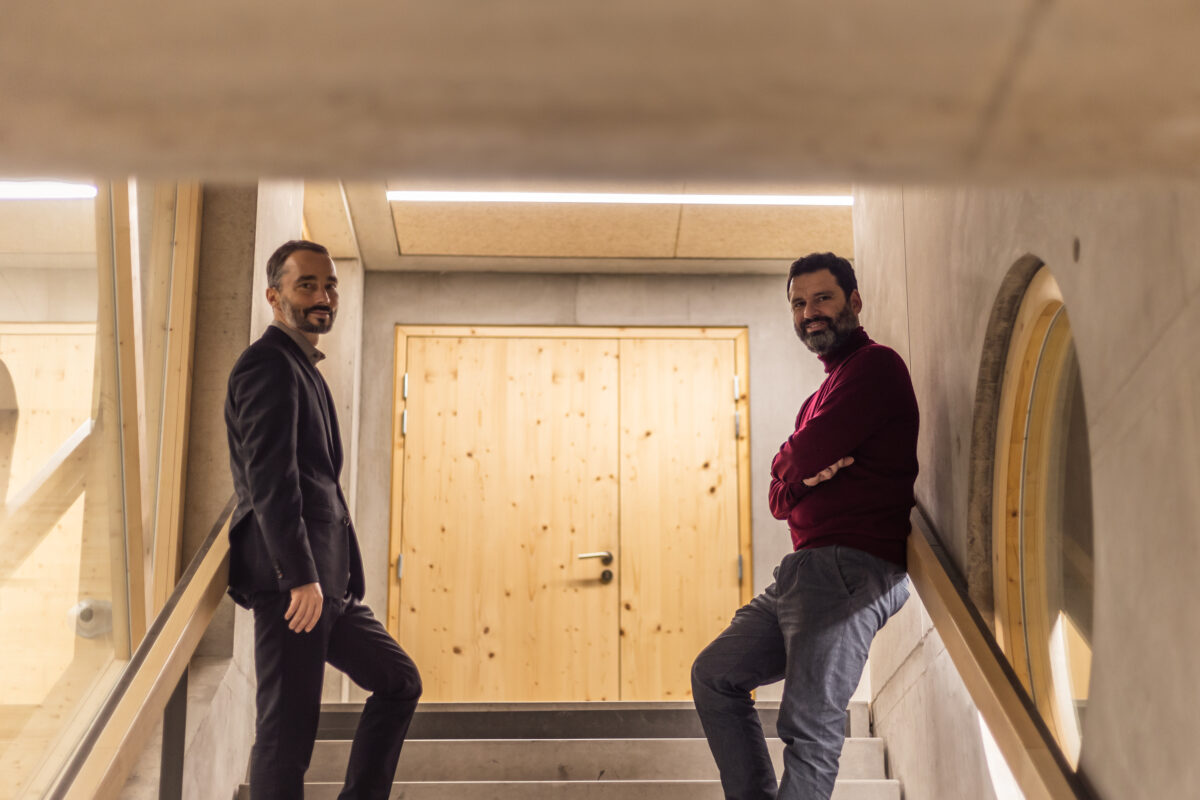
ABOUT OUR GUEST – EXPERT
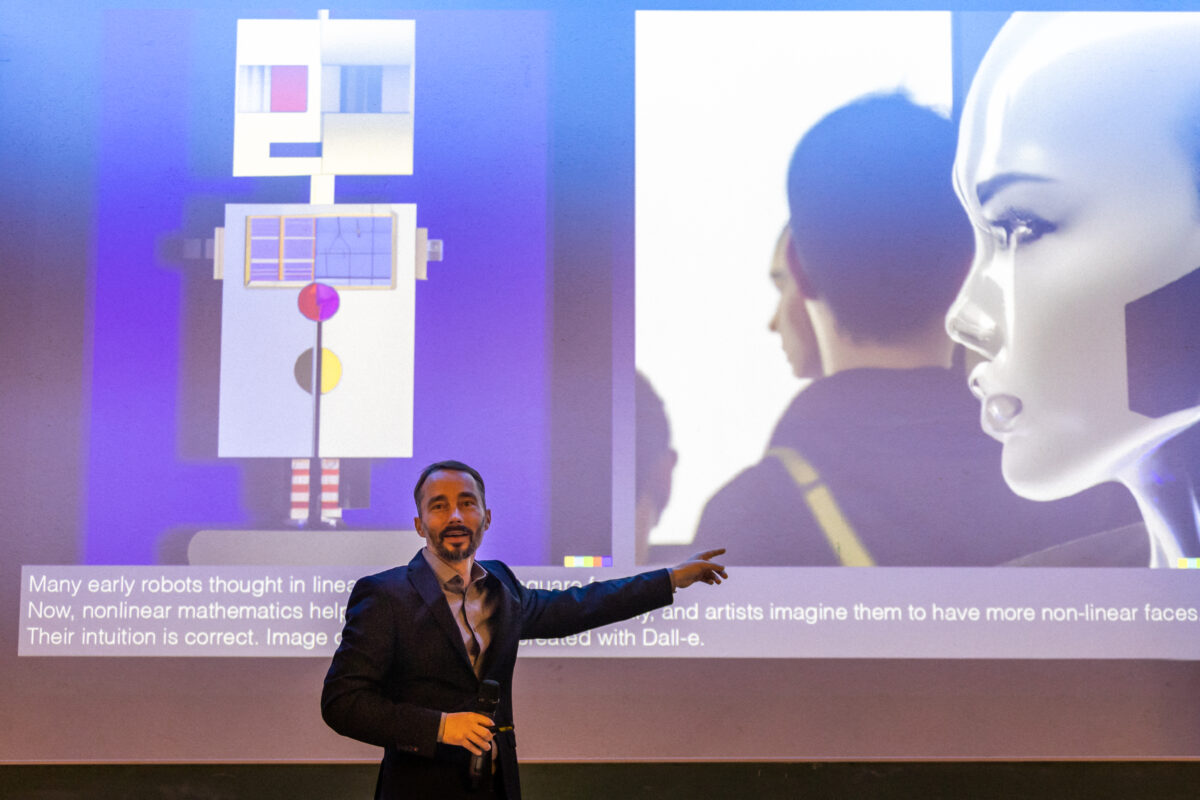
Dan Costa Baciu, TU Delft
Dan Costa Baciu completed his Ph.D. in Architectural History at the Illinois Institute of Technology (IIT Chicago) in 2018. He initially trained at the ETH Zurich and practiced as an architect while also serving as an editor for a professional architecture journal. As part of his research, he obtained funding from the Swiss National Science Foundation and scientific support from the HathiTrust Research Center, which allowed his team to collect a massive dataset, perform supercomputing, and revisit the history of the “Chicago School”. His thesis titled « From Everything Called Chicago School to the Theory of Varieties » has both revealed the existence of hundreds of distinct so-called « Chicago Schools » in fields ranging from Architecture to Urbanism, Sociology, Art, Economics, Law, Theology, Music, Literature, and beyond, and it has put forth a mathematical model to explain how these schools have evolved and influenced each other over time. This latter theoretical part has revealed that cultural change has linear as well as nonlinear aspects, which require linear and nonlinear components in the mathematical description. The linear components are good at describing creativity, progress, and competitive exclusion. By contrast, nonlinear descriptions are required to describe play, which, as already J Huizinga put it, is about surprises and interaction between multiple diverse parties. The same distinction between linear and nonlinear descriptions is also found in urban space, where the growth of individual urban centers can be described with linear models, whereas the interplay between multiple independent centers requires the introduction of nonlinear components. Before moving to Chicago, Baciu obtained his Master of Science and Master of Advanced Studies degrees from ETH Zurich, he worked as editor and lecturer, and has established his own company in Zurich. Next to practicing architecture, teaching, and writing, he has also been a postdoc at University of California Santa Barbara and presently serves as Assistant Professor of Digital Tools at TU Delft.
NB : All photos have been taken by the architect-photographer Michel Grasso. It is strictly prohibited to use, share, or disseminate any photos from this event without the explicit permission of the photographer and the individuals depicted in the photos. This includes but is not limited to any digital or physical reproductions, publications, or public sharing on any platform. Respect for individuals’ rights to their own image and the creative rights of the photographer is of paramount importance for the School of Architecture of INSA Strasbourg, and any unauthorized use will be considered a breach of privacy and copyright. Permission must be sought and granted from all relevant parties before any use of these photos.


